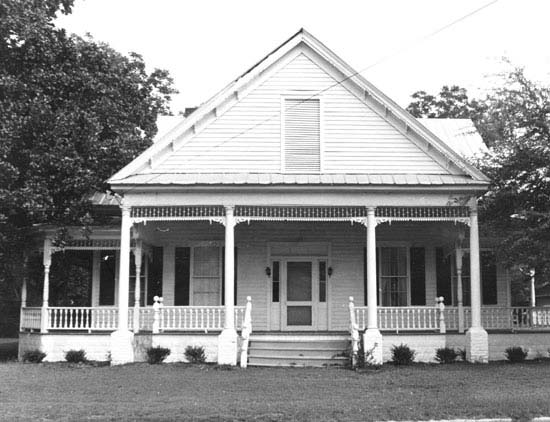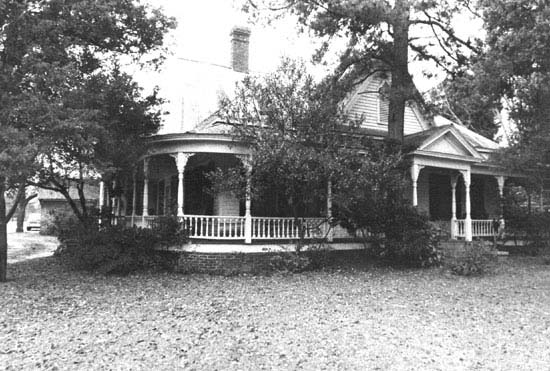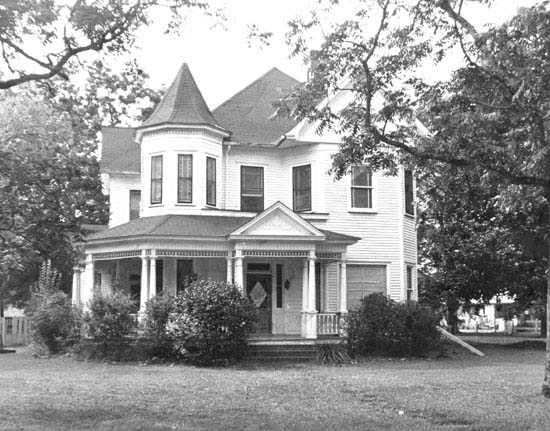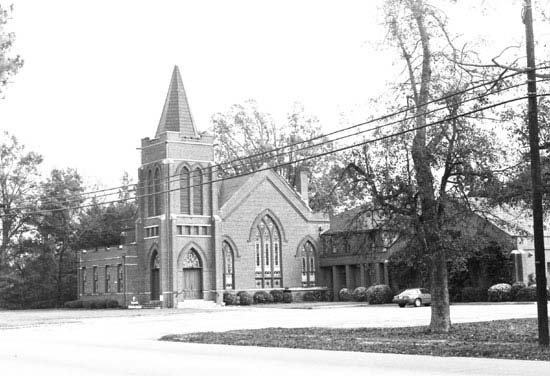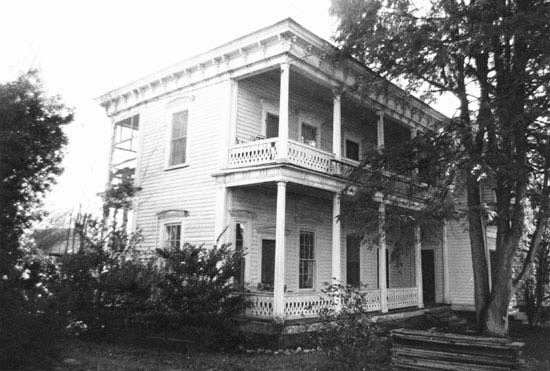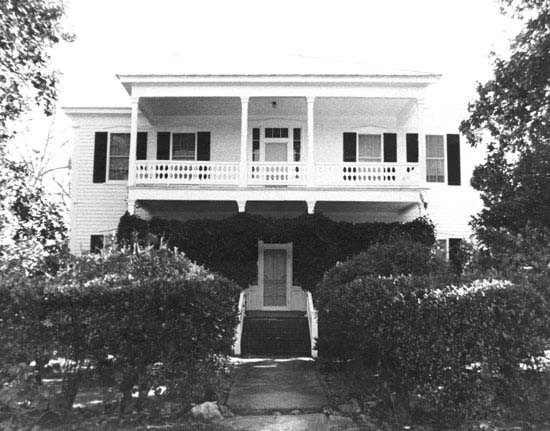The Confederate Army's plan was to dig earthworks, or trenches, all around Columbia to protect the Capital City from the General William T. Sherman's Union advance.
The job didn't get done in February of 1865. What's left of the few earthworks that did get built in defense of Columbia are still standing today.

Historical marker placed along the Timmerman Trail in 2015. It is about a 1/2 mile walk from the parking area.
These earthworks were constructed in early 1865 and were the site of brisk fighting between the Union XV Corps and Confederate forces on Feb. 15, 1865. Approximately 750 enslaved and free African Americans who were impressed into Confederate service were responsible for building much of the defensive line, which ran from Congaree Creek to the Saluda Factory four miles north
(continued on the other side)
The Confederate Congress approved legislation authorized impressment of black laborers in March 1863 because slaveholders were reluctant to provide slaves for service. Still, labor shortages persisted. Maj. John R. Niernsee, S.C. Militia Chief Engineer, complained that he had to begin work at Congaree Creek with only 12 black workers and his request for 2,000 laborers was never met.
Study pinpoints peak of Civil War Battle of Congaree Creek
By JOEY HOLLEMAN -
The State - October 15, 2014
One of the most intact Civil War battle sites in the country is a rifle shot from I-77 in Lexington County, where Congaree Creek crosses Old State Road.
Now, nearly 150 years after that battle, a new archaeological study pinpoints the most active battle line, just a hundred yards or so from the new Timmerman Trail in Cayce. That tete-de-pont is where Gen. William Tecumseh Sherman’s troops coming up from Savannah ran into opposition from Confederate troops hoping to slow the march to Columbia.
Archaeologist Eric Poplin of Brockington Cultural Resources Consulting presented preliminary findings from the study at events Wednesday at the S.C. Confederate Relic Room & Military Museum and at Cayce City Hall. The information will anchor the late 1800s segment of a planned park celebrating the 12,000 years of human history in the area where Congaree Creek meets the Congaree River.
Poplin believes there’s plenty more to discover about the Feb. 14-15 Battle of Congaree Creek.
“The more we do, the more we want to learn about this battle,” Poplin said.
Poplin’s report builds on two archaeological digs, one in 2012 as the first stage of the Timmerman Trail was being planned and the second in 2014. The work is supported by a grant from the National Park Service’s American Battlefield Protection Program.
By chance, the battlefield is relatively intact in an undeveloped forest tucked between I-77, the Congaree River, the Riverland Park subdivision and the new Cayce Tennis and Fitness Center. Most of the property is owned by SCANA and has been used to grow timber in recent years. The S.C. Department of Natural Resources owns a portion of the battle site in what is now Congaree Creek Heritage Preserve and once was the Guignard Clay Quarry. Cayce owns a portion of the land, which is plans to utilize for the history park.
Mike Dawson, director of the River Alliance, which has pushed the history park concept, is excited by the details uncovered by the new study.
“Every time we learn something new, we kind of stick it on the wall and say, where can we go with that thread,” Dawson said.
Considering the number of Civil War history buffs, the 1865 battle likely will be one of the biggest draws for the new park.
The Union soldiers first engaged the Confederate troops at 7:30 a.m. Feb. 15, 1865 in an area south of current I-77. They pushed back the Confederates to the south side of Congaree Creek. Based on period maps, the creek’s twisty path has changed little. That portion of Old State Road remains dirt.
The modern-day bridge is likely in the same spot as the one protected by the Confederates.
The heaviest fighting came later in the morning, on the south side of the creek. When the Confederates were pushed back to the north side of the creek, they tried to burn the bridge. But it was soaked from heavy rain and flooding, Poplin said. So their only choice was to stand and fight behind the earthen berm – created by slaves in preparation for the standoff – on the north side of the creek. That earthwork is still mostly intact, easily seen from the Timmerman Trail. (Don’t think about digging for artifacts. It’s illegal, this is private property and there’s likely nothing to find in the earthworks because amateur and professional historians have scoured the earthworks for nearly 150 years.)
By early afternoon, the Union forces had flanked the Confederates, felling trees to get over the swollen creek near the river on one side and near what is now the Lexington Medical Center Otarre Point complex on the other side. The Confederates retreated up State Road again for the night.
Poplin’s team cleared long corridors between the lines of pine trees and used metal detectors to find 79 artifacts. They were almost all fired bullets and artillery shell fragments, typical of a battle site. At encampment sites, archaeologists usually find unfired bullets and other items such as buttons and belt buckles.
Piecing together multiple official and unofficial battle reports with a historical map drawn of the battle site, it’s clear the largest bunching of bullets is where the battle peaked, Poplin said.
Based on battle reports, the engagement at Congaree Creek left seven Union troops dead and around 30 injured. A Confederate report listed 33 soldiers killed and 75 wounded in the region on Feb. 15, but some of those could have been casualties when another branch of Sherman’s forces approached Columbia from the Red Bank area.
After the Battle of Congaree Creek, the best option for slowing the advance on Columbia was burning bridges over the rivers. Sherman’s troops used makeshift pontoon bridges to reach Columbia on Feb. 17.
Eventually, signs along the Timmerman Trail will explain much of the Battle of Congaree Creek. Those curious about that period in the state’s history can learn more about Sherman’s march from Savannah, the surrender of Columbia, the burning of much of the city and the continuation of the march into North Carolina at a new exhibit opening Nov. 21 at the Confederate Relic Room.
